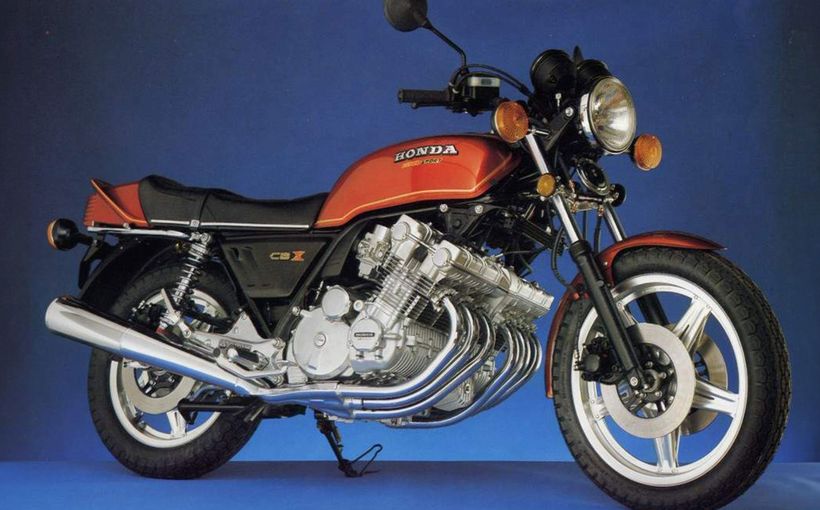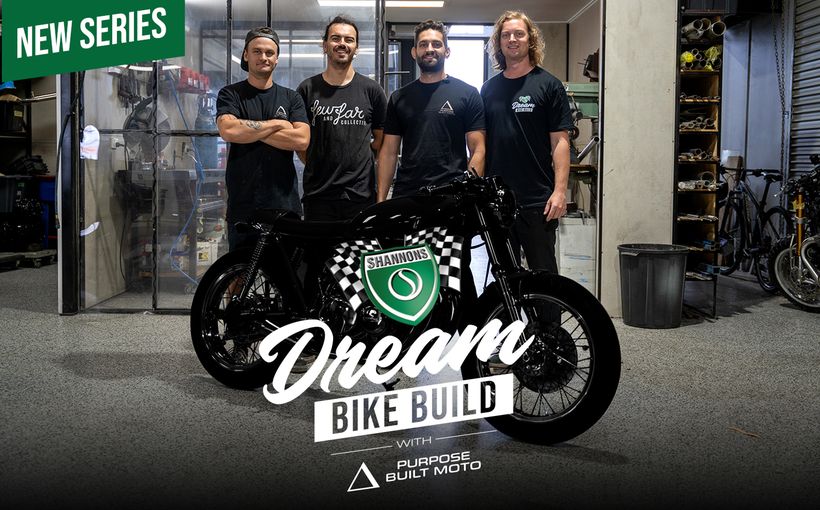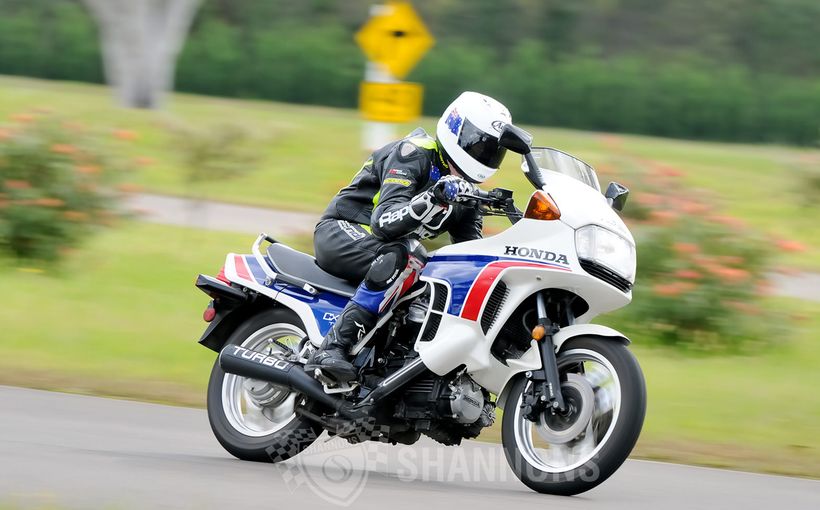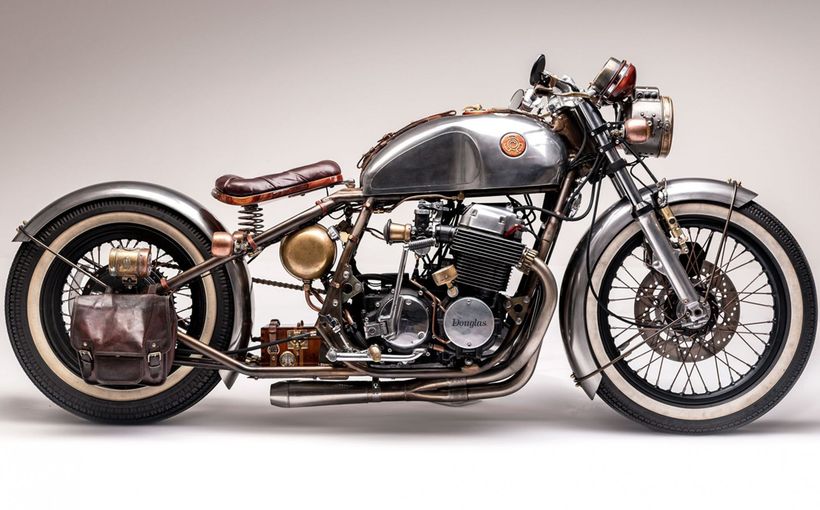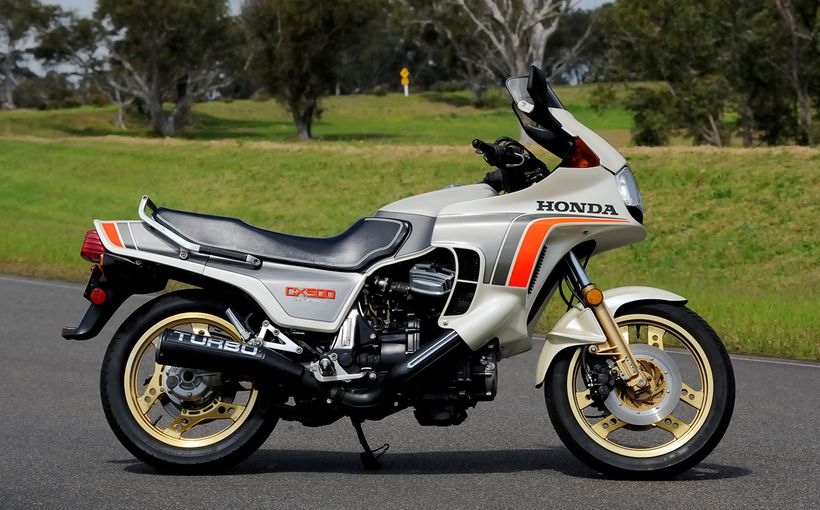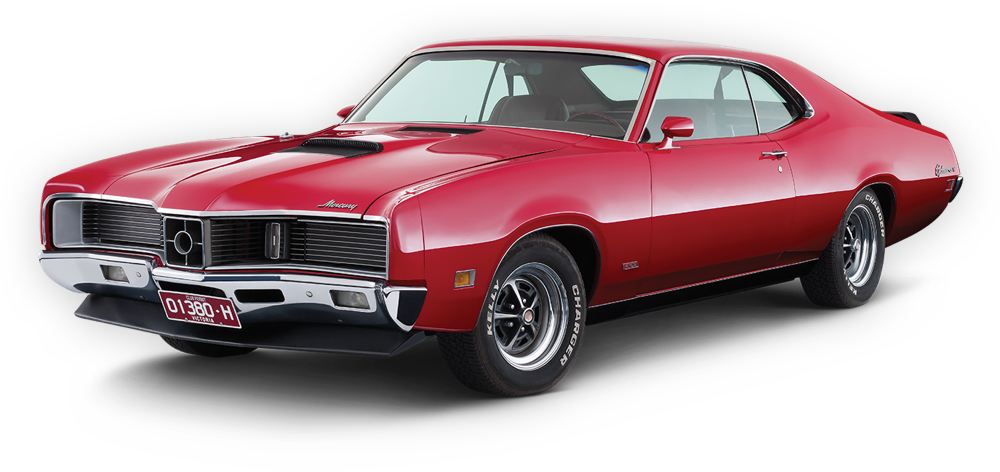Bernard’s 1984 Honda City Turbo II & Motocompo: Japan’s Coolest Urban Mobility Duo!

Decades ago, Honda came up with a novel solution for reducing city traffic congestion by creating a zippy hatchback tailor-made for a tiny motor scooter that could be folded away and stored in the back. This quirky concept has become an intriguing collectable, which Brisbane-based Shannons Club member Bernard Bonavia was delighted to add to his garage.
“The ideology behind it was that you drove your car to the city fringe, unloaded the scooter and then rode the rest of the way into the city for work,” Bernard explains.
“The scooter came with its own security cable stored in the bodywork, which could be pulled out and padlocked to a pole. When you came back you just unlocked the cable, packed it away and rode back to your car.
“It was a great idea but the only problem was the weight of the scooter. It weighs about 40kg so you can imagine it was quite heavy for a lot of people and too difficult to load and unload each day. If Honda could have made it a bit lighter, it might have been more popular.”

Image: Ninefive Creative
Even though they were literally made for each other, they could be purchased individually. The diminutive Honda City hatchback surpassed the company’s sales targets, but the miniscule Motocompo scooter fell short and ceased production in 1983 with around 50,000 units produced. So, before we delve into Bernard’s pristine examples of both, first a brief historical recap.
The City was launched at the 1981 Tokyo Motor Show, with Honda targeting young buyers using catchy marketing campaigns aimed at ensuring its cute and affordable new arrival would be the most popular economy car of the new decade.
Powered by a 46kW carby-fed 1.2-litre SOHC 12-valve transverse inline four driving the front wheels, its spacious ‘tall boy’ styling rode on a tiny 2220mm wheelbase with MacPherson strut front/coil-spring rear suspension and front disc/rear drum brakes. It was less than 3.5 metres long and not more than 1.6 metres wide, with a feather-like 640kg kerb weight.

Image: Ninefive Creative
The City immediately attracted strong sales (it was also sold as the Jazz in Europe) and it wasn’t long before a sportier variant was offered in Japan to satisfy customer demand.
A prototype was developed by Mugen (a Honda-aligned hot-up shop founded by Soichiro Honda’s son Hirotoshi) featuring a much hotter 74kW turbocharged and EFI-equipped version of the City’s transverse four with a unique lightweight magnesium-alloy cylinder head and cam-cover, along with uprated suspension, wider wheels, bigger brakes and body enhancements.
Launched in 1982, the City Turbo hit a sweet-spot with performance enthusiasts, prompting Honda to establish a one-make racing series in Japan for Mugen-prepared versions which enhanced the small car’s reputation for big-hearted performance.




Images: Honda
Even so, only one year later Honda released the definitive City Turbo called the Turbo II (like Bernard’s example), which was nicknamed ‘The Bulldog’ due to its wide-arched stance and aggressive appearance.
This was achieved with pumped-out fenders at each corner to shroud fatter 13-inch wheels and wider tracks front and rear. There were also brake-cooling ducts, side-skirts, a larger power bulge in the bonnet and new body-coloured bumpers with a bigger front intake and revised grille design.
There were other cosmetic exterior changes including garish ‘TURBO II’ graphics displayed on the doors and the interior was equipped with unique upholstery and instrumentation.
Honda raised engine performance by adding an intercooler, which it claimed was the first car in its class equipped with an intercooled turbo and the world’s highest turbo boost pressure for an unleaded production car.

Image: Ninefive Creative
This innovation combined with other upgrades resulted in an unprecedented 81kW output, along with an exciting ‘scramble boost’ feature which delivered a 10 per cent increase in turbo boost for up to 10 seconds at full throttle.
With its five-speed gearbox and uprated suspension and brakes, the 735kg Turbo II could scamper from 0-100km/h in 8.3 seconds with a 180km/h top speed, which on paper at least could give the original Mk1 Golf GTI a run for its money.
In 1984 it also replaced the original City Turbo in Honda’s one-make racing series, in the form of a Mugen-prepared fleet of Turbo IIR models (below). The Turbo II survived until the end of original Honda City production in 1986.

Image: Honda
Its optional travelling companion, the Honda Motocompo, was produced from 1981 to 1983. It was designed to fit snuggly inside the City’s rear luggage area like a suitcase, with the handlebars, seat and footpegs folded neatly into its rectangular plastic body.
Measuring only 1.2 metres in length and about half that in height when folded, the Motocompo was powered by a tiny 49cc 2.5hp air-cooled two-stroke single-cylinder engine paired with a single-speed centrifugal clutch and 2.2-litre fuel tank.
It was available in a choice of three colours comprising Shetland White, Daisy Yellow and Caribbean Red, which leads us back to Bernard’s pristine examples.

Image: Ninefive Creative
He not only runs a manufacturing/distribution business specialising in retaining wall products but also owns an eclectic automotive collection. Interestingly, it was the two-wheeled part of this Honda package that came first.
“I knew the Motocompo was a cult bike, so I bought a yellow one in good original condition. Then I found a red one that needed some love, so I chose to restore the red one to use for display purposes and keep the yellow one in its original patina.
“That’s when I decided I couldn’t have the scooters without the car! I’ve imported numerous cars from Japan over the years as a hobby, so I asked my contacts there that if they came across a good Turbo II to let me know.

Image: Honda
“It’s hard to find a good original one because they were used as everyday vehicles, they weren’t trailer queens at all. Fortunately, this one popped up and it was in the same condition you see in the photos (except the wheels), so I jumped at it when it came up for auction.
“When it arrived here, I just turned the key and it drove superbly. These things were so well made. I’ve not had to spend any money on it mechanically, other than some performance stuff I’ve added.”
That includes a larger turbo (Bernard says the original one runs out of puff) plus a front-mount intercooler, anti-knock sensor and bigger 2.0-inch exhaust system. He also opted for aftermarket 13-inch alloy wheels due to their 1980s flat-faced design, which look period-correct and well suited to the car.

Image: Ninefive Creative
“It’s awesome to drive,” Bernard assures. “It’s got so much character with the noise the turbo makes and the feel of the boost starting to build. There’s a lot of theatre, which is what I love about it because it feels like you’re going superfast even though you’re not. So, you get the thrill without breaking any laws, which is a fun way to keep your licence!
“As for the scooter, there’s not much to it as it tops out at about 35km/h. It can be registered for road use in Australia, although it wouldn’t be fast enough to keep up with typical traffic flows here. Even so, like the car, it feels like you’re going a lot faster than you are.”

Image: Ninefive Creative
Bernard says he drives the Turbo II about once or twice a month. In addition to perplexed looks from other motorists, he says the little Japanese hatchback is particularly popular at ‘cars and coffee’ meetings.
“It attracts a lot of attention, especially with the scooter displayed next to it. Honestly, you can have a Lamborghini parked right alongside and no-one takes much notice of that – they’re all just taking photos of the Turbo II and the Motocompo. It’s crazy!”



